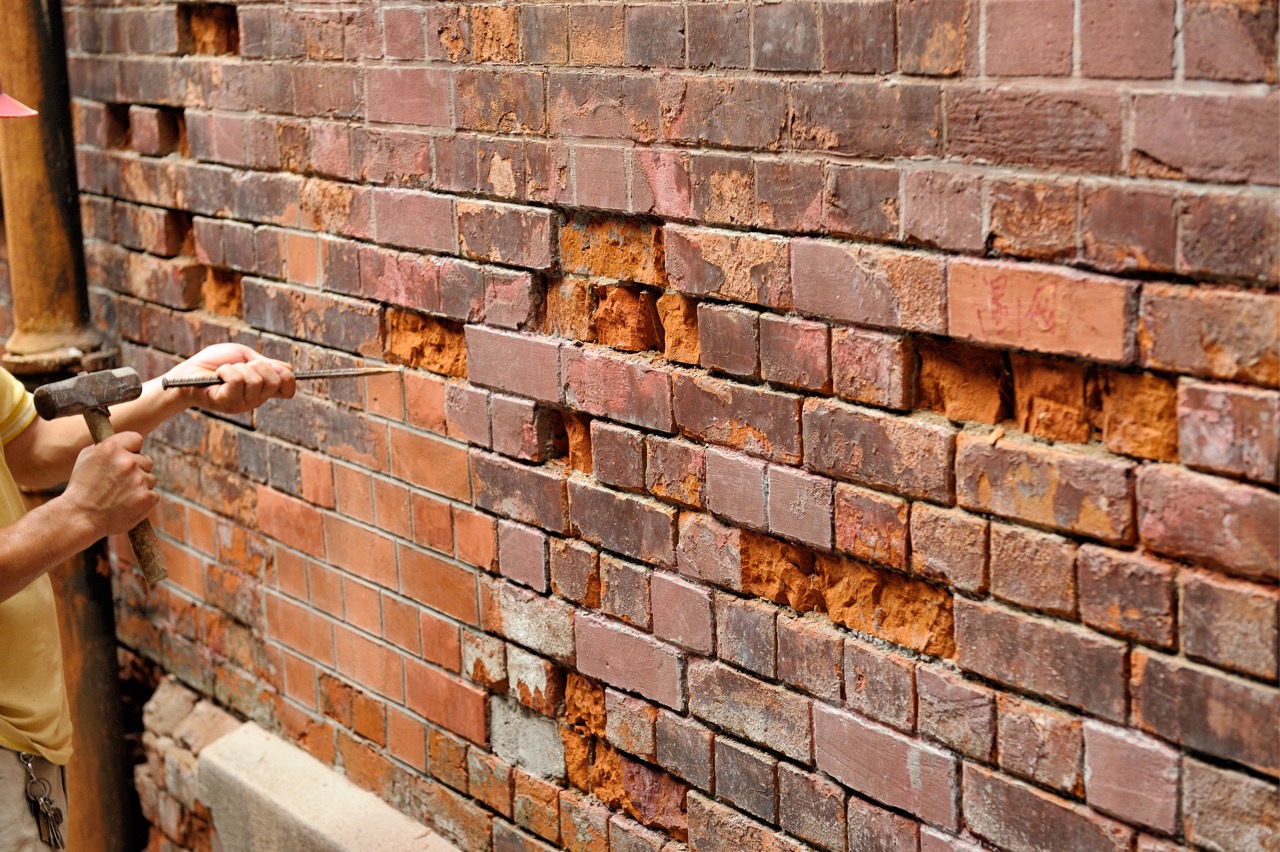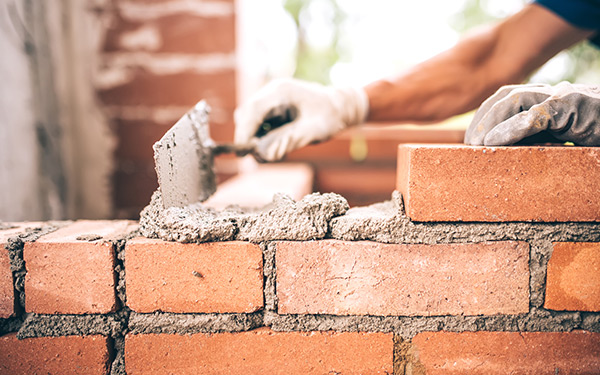Unlocking the Secrets of Sustainable Stonework Building And Construction Practices for Eco-Friendly Structures
Amongst the myriad techniques to green structure, lasting masonry building and construction stands out as a tried and true and resilient method that holds a wealth of untapped potential. From the choice of products to cutting-edge construction methods, the tricks to accomplishing sustainability within stonework construction are complex and interesting.
Benefits of Lasting Stonework Building And Construction
Accepting lasting stonework building and construction practices not only decreases ecological effect yet additionally offers long-lasting economic advantages to contractors and neighborhoods. By making use of products like recycled blocks, obstructs, and rocks, builders can dramatically lower the carbon impact of their tasks while advertising resource effectiveness. Furthermore, lasting stonework building and construction strategies, such as correct insulation and thermal mass residential properties, can boost power effectiveness within structures, bring about lowered operational expenses gradually.
Moreover, the toughness and resilience of masonry structures contribute to long-term financial advantages. Structures created using lasting stonework techniques usually call for much less upkeep and repair work, equating to cost financial savings for building contractors and homeowner. The longevity of masonry products additionally makes sure that structures remain secure and safe and secure, minimizing the requirement for frequent renovations or substitutes.
Eco-Friendly Stonework Materials
Utilizing environmentally friendly stonework products is a pivotal step towards improving the sustainability of building and construction practices and reducing environmental effect while maximizing long-term economic benefits. Sustainable masonry materials are sourced, created, and made use of in a fashion that reduces overall environmental effect. Sustainable concrete blocks integrate recycled accumulations and might include better insulation properties, contributing to energy efficiency in buildings.
Additionally, natural materials like adobe, rammed earth, and straw bales provide outstanding thermal mass homes, minimizing the demand for home heating and cooling energy. These materials are usually locally offered, advertising local economies and minimizing transportation-related carbon exhausts. By choosing green stonework products, building and construction tasks can considerably minimize their ecological impact and add to the creation of healthier, much more sustainable constructed settings.
Energy-Efficient Stonework Strategies
Energy effectiveness plays a crucial role in boosting the sustainability of masonry construction practices. By implementing energy-efficient stonework methods, contractors can substantially decrease the overall energy consumption of a building, leading to reduced operational prices and a smaller ecological footprint. One essential energy-efficient masonry method is making use of thermal mass, which entails incorporating thick products like concrete or block into the building's framework to take in and save warm. This helps manage indoor temperature levels, minimizing the need for mechanical heating and cooling systems.

Advancements in Lasting Stonework
Recent improvements in sustainable masonry practices have actually produced innovative techniques that are reshaping the building and construction sector. One such technology is the advancement of self-healing concrete, which uses microorganisms embedded within the concrete to heal cracks autonomously. This innovation not just minimizes maintenance prices yet additionally improves the toughness look at this web-site of masonry frameworks, adding to their sustainability.
One more notable technology is making use of recycled aggregates in stonework building - masonry contractor. By integrating products such as crushed ceramic waste or recycled glass into concrete blends, home builders can decrease the ecological effect of building and construction jobs while preserving click to investigate structural stability. This practice not just diverts waste from garbage dumps but additionally conserves all-natural resources, making it a vital development in lasting masonry construction
Furthermore, the combination of electronic style devices, such as Structure Information Modeling (BIM), is revolutionizing the means masonry frameworks are planned and built. BIM permits more exact calculations, minimized product wastage, and enhanced power efficiency, ultimately bring about more sustainable building techniques. These technologies jointly symbolize an encouraging future for sustainable masonry construction in the period of green structures.
Future Trends in Masonry Sustainability
With the ingenious strides made in lasting stonework techniques, the future patterns in masonry sustainability are poised to further reinvent the building and construction industry. One of the essential patterns shaping the future of masonry sustainability is the boosted assimilation of modern technology. Advancements such as Building Info Modeling (BIM) and online truth simulations are being used to enhance stonework building and construction procedures, causing lowered material waste and improved energy effectiveness in buildings.
Additionally, the advancement of novel sustainable materials is readied to play a significant role in enhancing the eco-friendliness of browse this site masonry building and construction. masonry contractor. Innovations like self-healing concrete, recycled accumulations, and bio-based binders are obtaining grip for their capacity to lessen ecological effect while preserving structural integrity

Verdict
In verdict, sustainable masonry building practices provide many advantages for eco-friendly buildings. masonry contractor. Advancements in lasting stonework are continuously being established to further improve the environmental efficiency of structures.